Increasing the speed and frequency of RAM can clearly improve the performance of a system. However, we have noticed that in some cases, we are unable to increase RAM speed or frequency on our Windows computer. If you are facing a similar issue, try the solutions mentioned hereinafter.
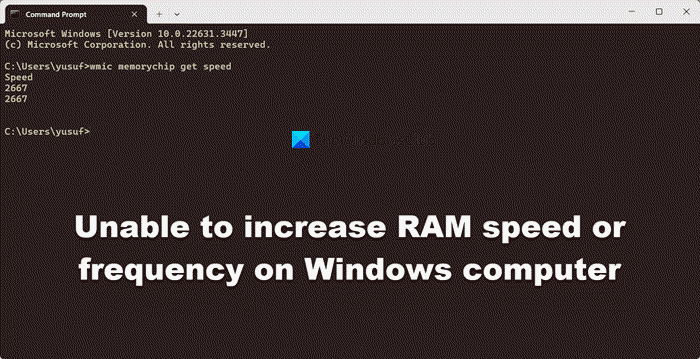
Fix Unable to increase RAM speed or frequency on Windows computer
If you are unable to increase RAM speed or frequency, first of all, reboot your computer and then check the speed using the command wmic memorychip get speed. Sometimes, a restart is required for all the changes to fall back into their place. In case, restarting is to no avail, follow the solutions mentioned below.
- Save the changes when exiting the BIOS
- Make sure to not set the RAM speed beyond the threshold
- Clear your CMOS
- Update your BIOS and then try
- Increase the voltage of your RAM slightly
- Reset your BIOS
Let us talk about them in detail.
1] Save the changes when exiting the BIOS
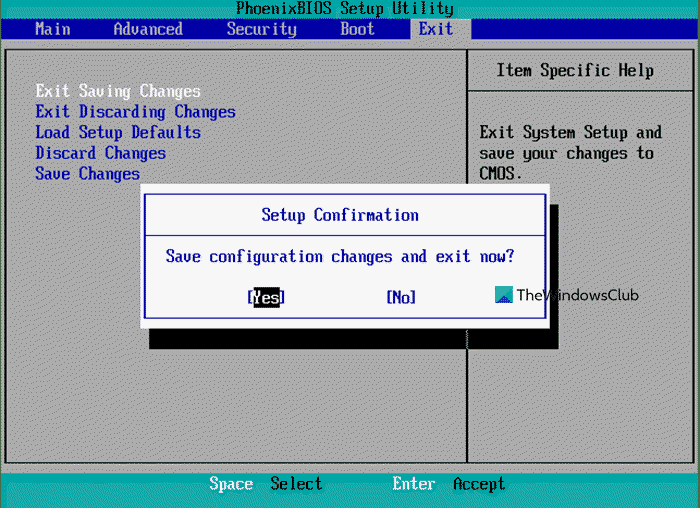
This may sound a little surprising to you, but a lot of people tend to not save the BIOS after making changes to their RAM frequency. We are not going to do that, instead, we will make sure that when we are exiting the BIOS, all the changes made are saved. You will see an option to save the changes you made, do that, and then check if the issue persists.
2] Make sure to not set the RAM speed beyond the threshold
RAM stick manufacturers set a threshold on its speed. Since RAM is not CPU or GPU and doesn’t have any extra cooling attached to it, it won’t be able to run at a speed beyond what the manufacturer has set as maximum. If you somehow manage to change the speed beyond the threshold, your RAM speed and frequency will reset back to the default. Hence, you must check the maximum speed your RAM can reach and then set your accordingly.
3] Clear your CMOS
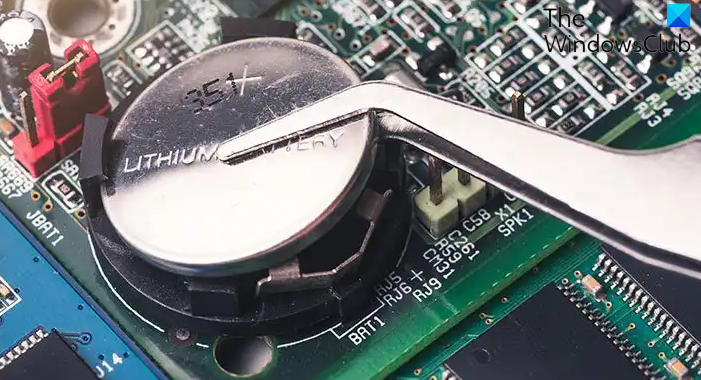
CMOS is a tiny battery that provides continuous power to the CMOS chip, which stores BIOS settings. If the CMOS battery fails, it can cause various problems with your computer, including preventing it from booting up. Since we are unable to change the speed or frequency of CMOS, we need to reset the CMOS battery. You might have to perform the reset multiple times. However, if resetting doesn’t work, then your battery may be drained out. In that case, you need to replace your battery.
4] Update your BIOS and then try
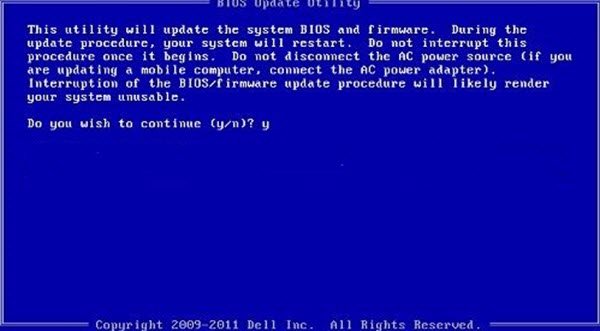
If there is a BIOS update available, the old one might become incompatible due to which it might not be able to save the changes you have made to your RAM’s configuration. In that case, we recommend you go ahead and update your BIOS. After updating your BIOS firmware, reboot your computer, then again boot into BIOS, change the frequency of your RAM, and check if the issue is resolved.
5] Increase the voltage of your RAM slightly
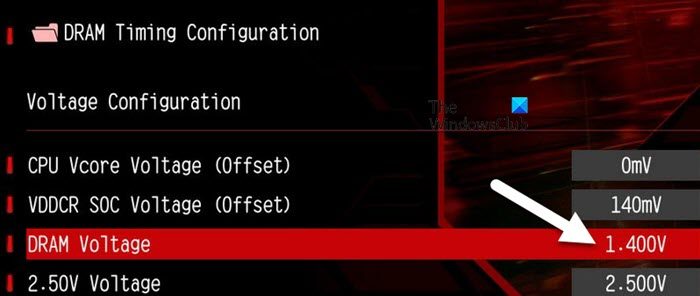
Your RAM frequency and its voltage are interdependent, which is quite self-explanatory as more voltage is required to reach a state of high frequency. So, in this solution, we recommend you increase the RAM voltage slightly and then change its frequency. This is a hit-and-trial method; you might have to make multiple changes to get it right.
Follow the steps mentioned below to do the same.
- First of all, boot into the BIOS.
- Now, go to the OC Tweaker section.
- Look for DRAM Voltage and set it to a slightly higher value.
- Then change the DRAM Frequency and check if your RAM speed changes.
Do keep in mind that these options (buttons) might be different on your computer as they solely depend on the OEM.
6] Reset your BIOS
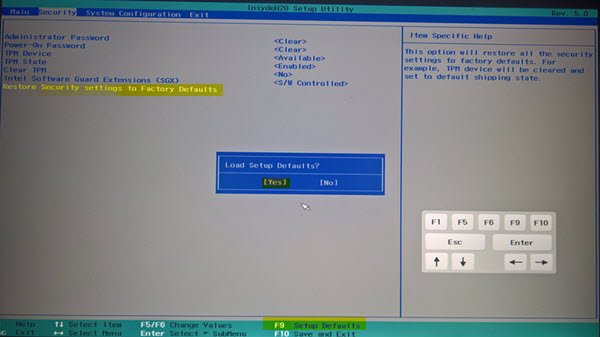
If all else fails, your last resort is to reset the BIOS firmware to its default value and then make changes to the RAM frequency. This will reset all the changes you made to your BIOS earlier, so, you might have to do that again.
Hopefully, you can resolve the issue using the solutions mentioned earlier.
Read: Wrong RAM Speed on Windows 11.
Why is Memory Frequency greyed out?
The Memory Frequency option will be greyed out if the XMP Profile is enabled. XMP stands for extreme memory profile. When using a profile, settings are configured according to the profile. To configure settings manually, use manual settings instead of a profile.
Read: Best free Overclocking software for Windows PC
Why is my RAM speed not correct?
If you are checking the actual RAM Speed on your computer and the one listed by your manufacturer on the product specifications page and seeing a disparity, don’t worry. Usually, the final products shipped are underclocked and undervolted. However, you can overclock it if required.
Also Read: Intel Extreme Tuning Utility: Overclock CPU, Memory & Bus speeds.